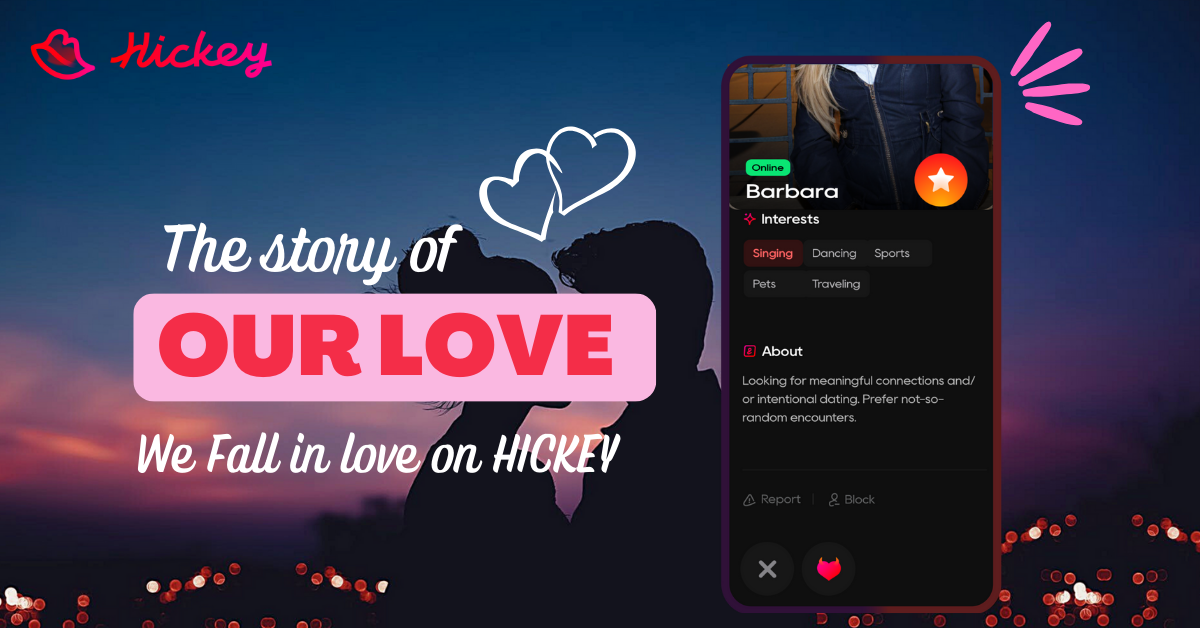Last Updated on: 22nd November 2023, 03:38 pm
Start-ups and even established companies may struggle to find the best strategies for approaching customers, and this is understandable. Inbound marketing is popular because it has the ability to attract individuals really well, and it’s very cost-effective.
On the other hand, outbound sales are also becoming a norm, and it has proven itself to be a fierce competitor. This is where real talent, hard work, sweat, and tears pay off because you’re calling unsuspecting prospects that you can see more about on this site. When you do things correctly during the first few interactions, you can maintain control and close a massive deal that you never knew possible.
So, which one is going to be a good area that you should spend more time in? Well, it depends, and both of them can be an excellent addition. However, it can be a little complex, so below are some pieces of information that can help you out.
How Do They Compare?
Competitive business landscapes will determine the winner on who gets the sale regarding the way a transaction was initiated. Inbound sales are not just about calls when people are going to inquire about your products and services.
Know that it also refers to attracting potential customers through various marketing efforts such as content creation, SEO optimization, social media engagement, and more. The idea is to create valuable and informative content that draws people in, and this is often by encouraging them to download an eBook, attend a webinar, or read an article piece that you’ve written.
Acting as an outbound representative involves actively reaching out to prospects through methods like cold calling, email campaigns, or attending trade shows. Outbound focuses on initiating conversations with potential customers by directly pitching your products or services, and placing your ads out there.
Differences between the two are going to depend on the first point of contact. While it can be hard to determine at first, the subtleties are there, and for starters, many inbound prospects are already aware of the company in the first place. Outbound ones are the least engaging, but neither of the two is inherently better. When utilized correctly, they can be very powerful when it comes to growing a company in the best way possible.
Pros and Cons of Inbound Sales
Several major advantages can come into play with inbound marketing, and know that if you’re going to create valuable content that will be relatable to your target demographics, you can attract a lot of leads who will be interested in your offerings. As a result, you can significantly increase the likelihood of conversion and customer satisfaction.
Aside from the customer-centric approach, you’ll have the opportunity to build brand credibility and trust, especially if you’re always consistent. See more about credibility at this link here: https://www.vocabulary.com/dictionary/credibility. Provide helpful information through videos or webinars, and position yourself as an expert in your industry. Long-term relationships with customers who view you as a trusted resource can be very beneficial, and they can even refer someone to you over time.
Downsides may include taking a very long time before you can see quantifiable results. Building organic traffic and establishing a strong online presence requires patience and consistent effort, and others may already know about you, but they don’t engage in your posts or leave feedback.
Other challenges with this method are standing out from the competition and being unique in your chosen niche. With so much noise online, it’s crucial to create unique content that will help differentiate you from others. Fortunately, despite these challenges, many businesses find success with inbound sales due to its cost-effectiveness compared to traditional outbound methods so this is definitely worth a try.
Direct Response Ads
Before going to the other side, there’s another that’s getting a lot of buzz nowadays, and it’s in the form of having one-on-one conversations with your audience. It’s going to trigger a consumer’s response when you’re providing them with something irresistible, and these can be easily calculated through various tools.
A lot of channels can be involved, including web development, electronic, radio, and print materials, while traditional marketing is known for its slow growth. You can compare inbound vs direct response marketing in the link provided so you know which of them is cost-effective if they are properly utilized. Knowing your customers by seeing why are they buying certain products, how they are finding out about you, where they live, and what are their motivations can help you grow a lot as a business.
How About Outbound Sales?
Options like being sleazy or icky have been associated with this type, and customers often hate cold calling. However, nowadays, the process is seen as less invasive than the previous years because people now have access to data and online research. It’s a playing field where you’re taking a more proactive approach by initiating contact first, but this should be done carefully. Below is going to give you an insight about the process and what is it like.
- Prospecting
Begin with a list of customers with similar demographic information. They should be grouped based on their interest, ad networks, location, etc. However, when you want to have a more targeted reach, you need to do some research and find valid email addresses and contact information of people that you want to engage.
- Do an Outreach
Building your outbound catalog can require time, but after you’re finished, you can start your campaign through ads, emails, and phone calls. A sales team that’s going out in the field can also help you with your efforts, and someone should be at the helm to respond to the messages.
- Qualify the Customer
See if the prospect can actually benefit from what you’re offering. Be selfless in the assessment, and don’t just chase the money. Sure, everyone is not doing these outbound calls for fun, but you should also preserve your reputation. Satisfied ones are going to keep coming back to you without the need to incorporate aggressive tactics, so make sure to partner with the right people with regards to this.
What’s the Best Option for Your Business?
No one-size-fits-all answer is available, so why not incorporate all the available resources out there? The best option will depend on various factors such as industry, target audience, budget, and goals. Inbound is all about creating valuable content, optimizing your website for search engines, and engaging with prospects through social media, which can help generate high-quality leads who are already interested in what you offer. You’re also allowed more personalized interactions with potential customers, building trust and long-term relationships.
On the other hand, outbound sales might be more suitable if you’re looking for immediate results or targeting specific accounts. With these tactics of reaching out first, you can reach out directly to potential customers who may not have found your business otherwise. Various strategies require more proactive efforts but can yield faster conversions if executed effectively, so don’t be afraid to try them out.
Application of direct marketing will mean that you have to conjecture about the kind of people that you’re dealing with, and there might always be something new about their buying habits. This can be time-sensitive and short-lived, but you can utilize inbound marketing that allows you to present your offers whenever your potential customers want them. Regardless of what you’ve chosen, never stop nurturing and driving leads so you’ll have a more continuous model.









